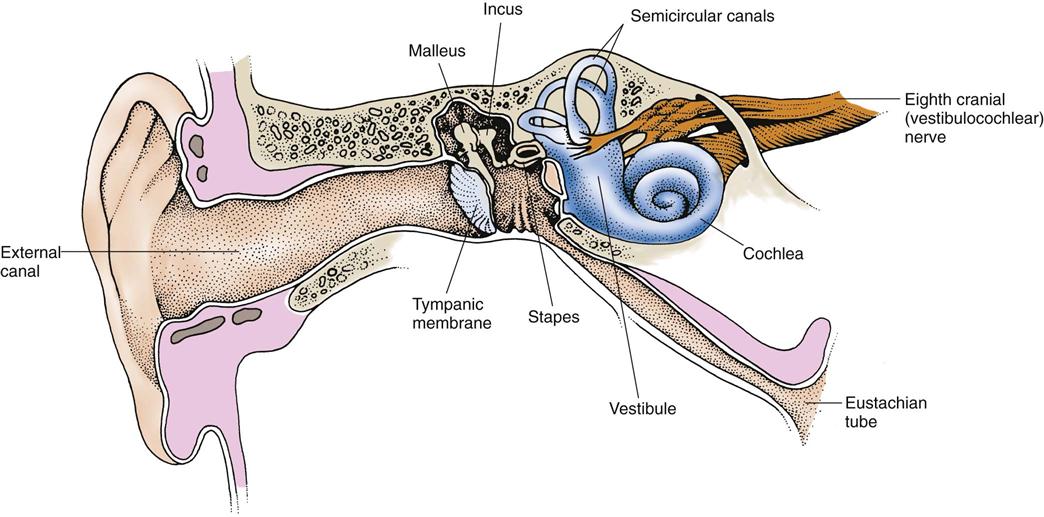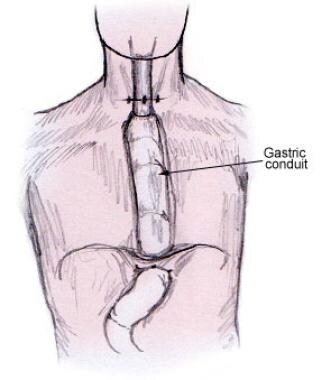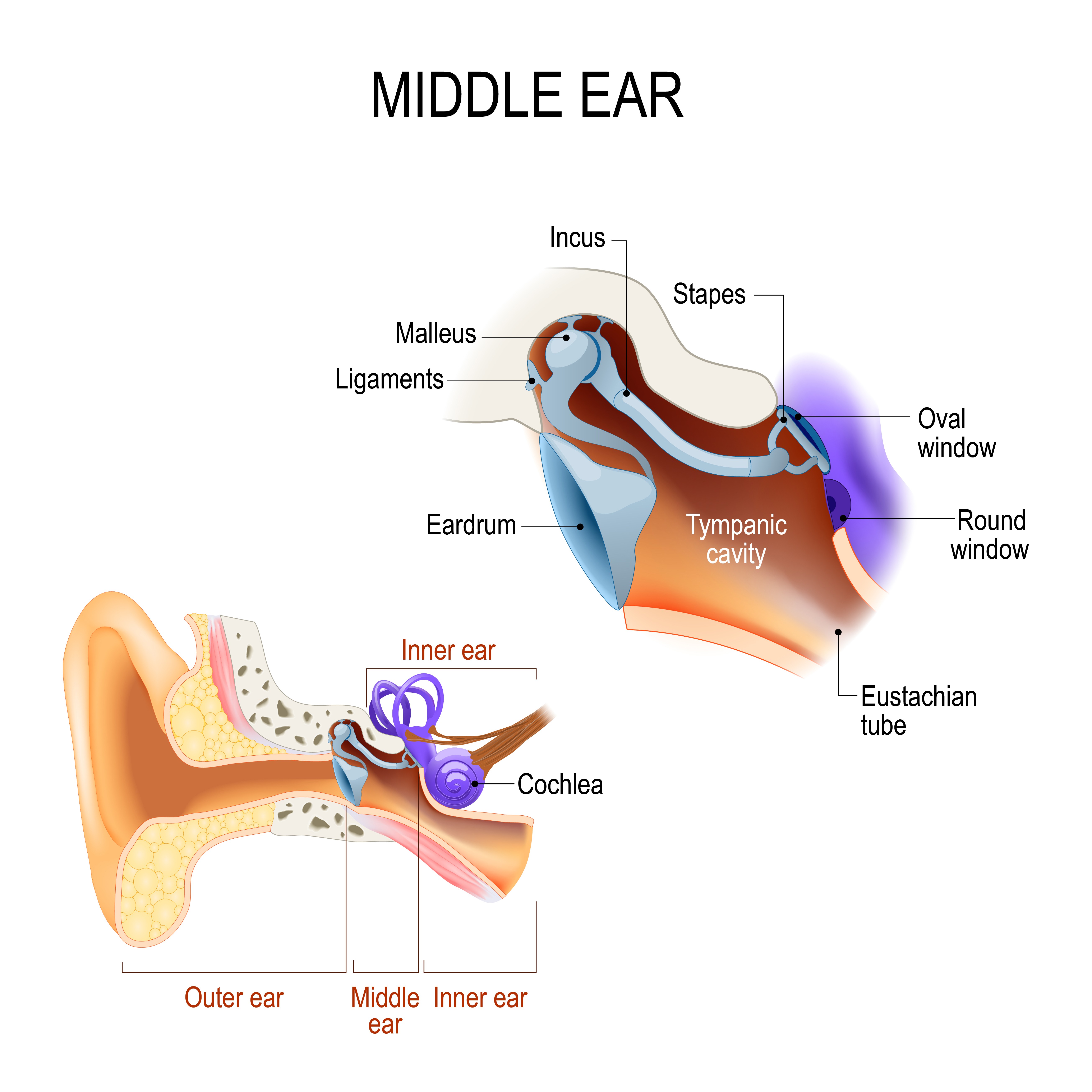

Other variants of the concept allow for an enemy to be held fast by a substantial blocking or holding force, while a strong echelon, or hammer, delivers the decisive blow. The "hammer" or maneuver element succeeds because the anvil force materially or substantially weakens the enemy, preventing him from adjusting to the threat in his flank or rear. The "anvil" echelon here is not a mere diversionary gambit, but a substantial body that hits the enemy hard to pin him down and grind away his strength. The strongest expression of the concept is where both echelons are sufficient in themselves to strike a decisive blow. The "hammer and anvil" tactic is fundamentally a single envelopment, and is to be distinguished from a simple encirclement where one group simply keeps an enemy occupied, while a flanking force delivers the coup de grace. The second phase involves a more mobile force that maneuvers around the enemy and attacks from behind or the flank to deliver a decisive blow.

It may involve a frontal assault by one part of the force, playing a slower-moving or more static role. The hammer and anvil is a military tactic involving the use of two primary forces, one to pin down an enemy, and the other to smash or defeat the opponent with an encirclement maneuver. For other uses, see Hammer and Anvil (disambiguation). 2019 Jul 15(4):957-967.This article is about military tactics. Hearing regeneration and regenerative medicine: present and future approaches. Nacher-Soler G, Garrido JM, Rodríguez-Serrano F. Many sensorineural hearing losses are permanent because the human inner ear and hair cells have only limited ability to repair themselves. Clinical Practice Guideline: Sudden Hearing Loss (Update). Chandrasekhar SS, Tsai Do BS, Schwartz SR, et al. Sensorineural hearing loss is caused by abnormal function of the cochlea, auditory nerve, or higher auditory processing pathways. Many causes can be treated successfully with surgery. Generally, hearing loss is classified as conductive or sensorineural.Ĭonductive hearing loss is caused by pathology of the external ear, tympanic membrane or middle ear which disrupts sound transmission to the inner ear. The external ear and middle ear may appear normal on examination if the cause is in the inner ear or brain. Anything that interferes with the movement of sound from the external ear to the middle ear to the inner ear, and then to the brain, can cause a hearing loss. This generates an electrical impulse, which is transmitted along the cochlear nerve to the brain, where it is interpreted. The vibrations of the cochlea cause a fluid wave, which stimulates hair cells within the cochlea. Vibrations of the tympanic membrane are then transmitted by the ossicular chain through the oval window into the cochlea. The compression in a sound wave is channelled down the ear canal to the tympanic membrane. Sound waves require a medium, such as air or water. : Picture of a normal left ear From the collection of Dr Richard Buckingham.

The cochleovestibular nerve connects the end organs to the auditory and vestibular pathways. The inner ear is fluid-filled and contains the organs of hearing (the cochlea) and the organs of balance (the semicircular canals, utricle, and saccule).

The round window is inferior to the oval window. The stapes sits in an area called the oval window. On the medial wall of the middle ear is the promontory, which demarcates the inner ear and, specifically, the basal turn of the cochlea. Connected to the malleus (or hammer) is the incus (anvil), which is then connected to the stapes (stirrup). Like the external ear, in its normal state, the middle ear is filled with air. The tympanic membrane divides the external ear from the middle ear. The external ear consists of the auricle (or pinna), the ear canal, and the tympanic membrane (or ear drum). : Anatomy of the ear Created by BMJ Knowledge Centre. The human ear is divided into 3 parts: the external ear, the middle ear, and the inner ear. Proper diagnosis rests on a thorough understanding of ear anatomy and physiology. It affects people of all ages and can be permanent if not treated correctly. Prevalence of Hearing Loss by Severity in the United States. 23% of Americans aged 12 years and older have some degree of hearing loss. Hearing loss is one of the most common sensory impairments.


 0 kommentar(er)
0 kommentar(er)
